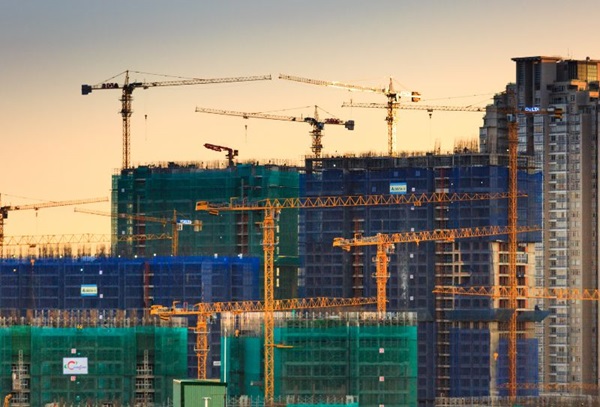.png)

Groupthink is the House View of BasisPoint’s in-house columnists.
March 21, 2025 at 12:48 PM IST
If you’re wondering whether to rent or buy a home, the latest numbers from Anarock paint an interesting—but slightly unsettling—picture. While capital values in some of the country’s hottest real estate pockets have skyrocketed, rental growth hasn’t quite kept pace between 2021 and 2024.
The difference between capital appreciation and rental growth in these regions indicates increasing profitability in homeownership across key markets where property values are rising faster than rental yields. For investors, this suggests robust long-term returns in markets such as Noida, Hyderabad and Mumbai Metropolitan Region, where capital appreciation has exceeded rental growth.
Take Sector-150 in Noida, where average property prices have shot up by a jaw-dropping 128% since 2021 (from ₹5,700 to ₹13,000 per sq ft). At first glance, this might seem like an investor’s dream. But zoom in, and the cracks begin to show—rental values in the area have increased by only 66%. That’s still a solid rise, but nowhere near the explosive growth of property prices.
Besides Noida, Gachibowli in Hyderabad saw capital values surge by 78%, while rental growth trailed at 62%. Chembur and Mulund in MMR? A 48% and 43% jump in capital values, with rentals lagging behind at 42% and 29%, respectively.
Traditionally, real estate price appreciation is backed by fundamentals—rising rental demand, infrastructure development, and economic growth. But when capital values outstrip rental growth by such a wide margin, it raises a big question: Is this appreciation real, or is it just fluff?
If rental values aren’t rising at the same pace, it means end-user demand isn’t keeping up with investor speculation. In simple terms, if property prices soar while rental yields stay relatively low, it’s a sign that buyers are betting on future price hikes rather than genuine end-user demand. And that’s where the narrative gets speculative.
Interestingly, some micro-markets have flipped the trend—where rental values have outpaced capital appreciation, suggesting stronger end-user demand:
Sarjapur Road, Bengaluru saw a 76% increase in rental values from ₹21,000 to ₹36,900, while capital values rose by a comparatively lower 63%.
Wagholi, Pune followed a similar pattern—rents went up 65%, while property prices increased only 37%.
What does this tell us? In these areas, rental demand is high, signalling actual market strength rather than just speculative investment.
However, there is one glaring omission in the study-the cost of leverage.
While there is no data on how many houses are bought on leverage annually, going by a recent Business Standard-Knight Frank report of 1,629 urban home buyers, 79% respondents said they prefer taking a home loan. Given that average home loan rates hover around 9-10% per annum, it means for most buyers, the cost of capital is already eating into any notional gain.
Let’s say you buy a house on a 20-year loan at 9%. Even if you manage to pay it off in 10 years, your effective annual cost is still around 9%, while most capital value growth rates—even the impressive ones—are averaged out over 3-4 years at much lower annualised rates.
In today’s market, unless you’re paying all cash, a home feels less like an investment more like a necessity. The last third of that old adage—roti, kapada, aur makaan—has never rung truer.
For capital appreciation to work in your favour, prices would have to grow consistently above the loan rates, which isn’t happening if we account for the lag in rental income and inflation.
So, before you take the plunge into homeownership, ask: is the price rise sustainable, or am I buying into a bubble?




